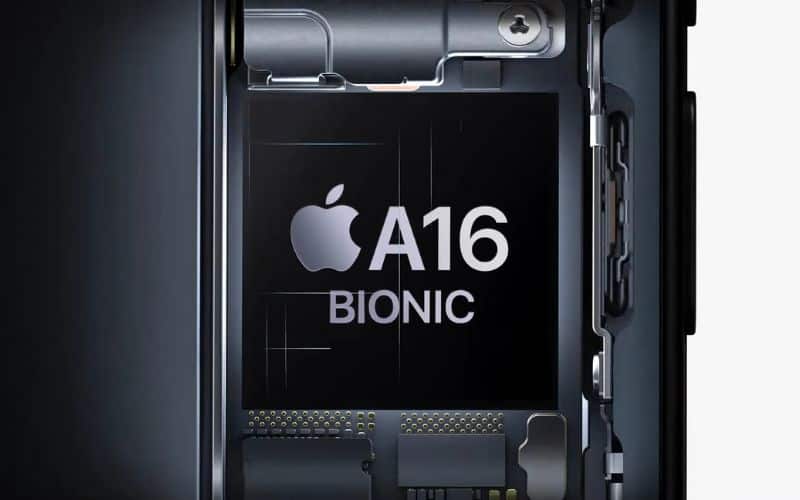Apple just dropped the latest version of Apple’s entry-level tablet lineup—the iPad 11. It packs an A16 chip, double base storage, and more. Apple also pushed several other changes to the mix, making it harder to spot what’s changed and what’s missing. Some features might surprise you, while others might be disappointing. Here’s a quick recap of seven smaller details about the iPad (A16) that you might have missed.
1. First iPad with 512GB Storage

With the iPad 11, Apple has finally resolved the long-standing storage limitations that have plagued its budget-friendly iPad lineup. Compared to the iPad 10 which starts at 64GB base RAM, the upgraded version starts at 128GB. You get double the storage for the same $349 price tag. With 128GB of storage, you can download more apps, games, and media without worrying about running out of space. That also means iPad 11 officially marks the end of Apple’s 64GB era, for good.
Not to forget, the iPad (A16) is the first model in Apple’s entry-level tablet lineup to offer a 512GB storage option.
2. Smart HDR 4
You might not have noticed, but Apple’s budget iPad now supports Smart HDR 4. This is a huge step up from Smart HDR 3 on the previous 10th-generation iPad. The Smart HDR 4 makes photos look more realistic and vivid in both light and dark environments. It also offers improved dynamic range and better color accuracy so the tones look more natural across the entire photo.
3. Bluetooth 5.3 Support
Compared to Bluetooth 5.2 found on the previous model, iPad 11 supports Bluetooth 5.3, the same version found on the latest iPad Air, iPad Pro, and iPhone models. The Bluetooth 5.3 technology offers improvements in security, performance, and efficiency.
4. eSIM Option Only
The Cellular models of the iPad 10 come with a physical SIM card slot, available in all regions. They also support multi-SIM functionality with the option to use an eSIM. In contrast, the Cellular models of the iPad 11 ditch the physical SIM slot entirely, relying exclusively on eSIM technology worldwide.
5. Apple Pencil Compatibility
Like its predecessor, the iPad 11 supports Apple Pencil USB-C, which delivers low latency, pixel-perfect precision, and tilt sensitivity. Also, the 11th-generation iPad 11 is still compatible with the first-generation Apple Pencil, the oldest stylus sold by the tech titan. However, Apple Pencil hover is still restricted to iPad Air and iPad Pro models.
It would have been a fantastic addition if the iPad (A16) supported the Apple Pencil Pro with barrel roll, squeeze, and other gestures. This feature would have been especially welcome for digital artists and creatives.
6. Reduced CPU and GPU Configurations

If you think the iPad 11 features the same A16 Bionic chip as the iPhone 14 Pro or the iPhone 15, you might be disheartened. The A16 chip in the iPad 11 is actually an under-clocked version of the one in the iPhone 14 Pro. Specifically, the iPad’s A16 comes with a 5-core CPU and 4-core GPU, while the iPhone 14 Pro boasts a 6-core CPU and 5-core GPU.
While this difference won’t cause a major dip in performance, don’t expect the iPad 11 to handle CPU- and GPU-intensive tasks quite like the iPhone 14 Pro or iPhone 15.
7. 4GB RAM and No Apple Intelligence
Unfortunately, iPad 11 is the only new iPad that doesn’t support Apple Intelligence. It’s really disappointing to know that a brand-new product isn’t compatible with Apple’s AI system. Since the iPad 11 has an A16 chip with reduced CPU and GPU configurations, it doesn’t have the 6GB RAM available on iPhones with an A16 Bionic chip. That means you’re still stuck with the same 4GB RAM found on the 2022 iPad.
